Market Analysis
In-depth Analysis of Automotive Front end Module Market Industry Landscape
The dynamic environment of the automotive front end module (FEM) market is shaped by a number of elements that affect its development and expansion. The front end module is an essential part of a car's construction and is responsible for maintaining appearance, operation, and safety. Consumer preferences, industry developments, legal requirements, and technology improvements all influence the dynamics of the automotive FEM market. The automotive front end module market is largely driven by technological innovation, as manufacturers are always looking for new methods to improve the functionality and efficiency of their front end modules. Using cutting-edge materials like high-strength alloys and lightweight composites enhances both the overall performance and fuel economy of the vehicle. Furthermore, adding smart technologies—like sophisticated sensors and adaptive systems—improves safety features and supports the industry's drive towards linked and autonomous cars. Regulatory standards and emissions requirements also significantly impact the market dynamics of automotive front end modules. Stringent safety and environmental regulations worldwide drive automakers to invest in research and development to meet compliance standards. This, in turn, influences the design and manufacturing processes of front end modules, leading to the adoption of innovative materials and construction methods to ensure both safety and environmental sustainability. Consumer preferences play a pivotal role in shaping the market dynamics of automotive FEMs. As consumers increasingly prioritize safety, comfort, and aesthetic appeal, automakers respond by integrating features such as advanced lighting systems, pedestrian protection measures, and aesthetically pleasing designs. Customization options, including different grille designs and color choices, are becoming more prevalent to cater to diverse consumer tastes and preferences. Global economic conditions and industry trends also contribute to the market dynamics of automotive front end modules. Economic fluctuations, trade policies, and geopolitical events can impact the production and sales of vehicles, influencing the demand for front end modules. Additionally, trends such as the rise of electric vehicles, the growing emphasis on sustainability, and the shift towards shared mobility solutions influence the design and functionality of front end modules to align with the evolving automotive landscape. Supply chain dynamics and manufacturing processes are integral components of the automotive FEM market. The efficiency of the supply chain, availability of raw materials, and manufacturing capabilities influence the production capacity and cost structures of front end modules. Market players continually assess and optimize their supply chain strategies to meet the demand for front end modules in a timely and cost-effective manner.

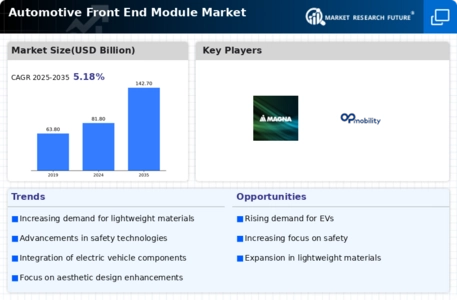
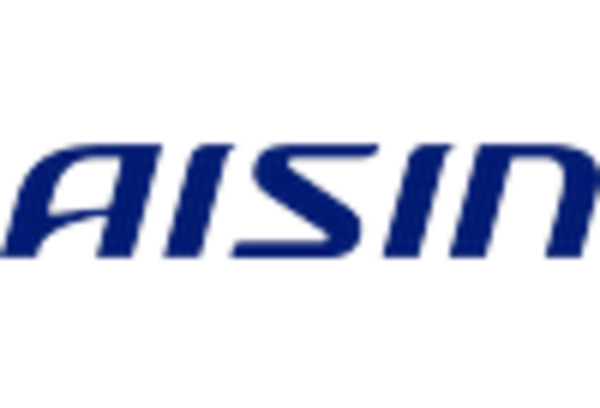
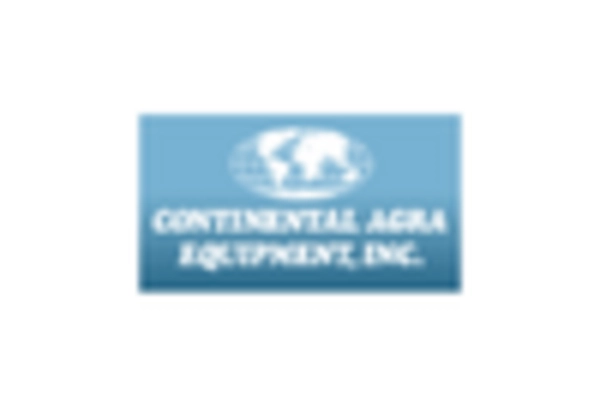
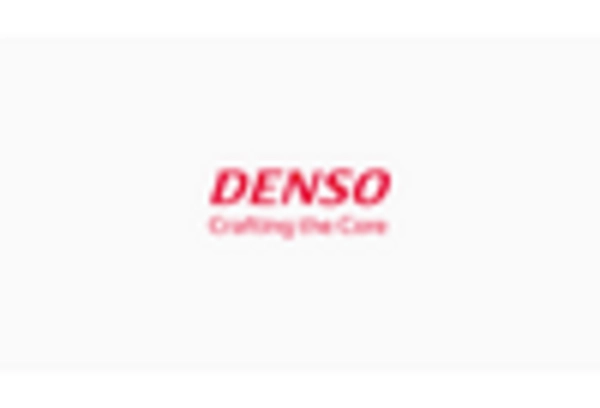
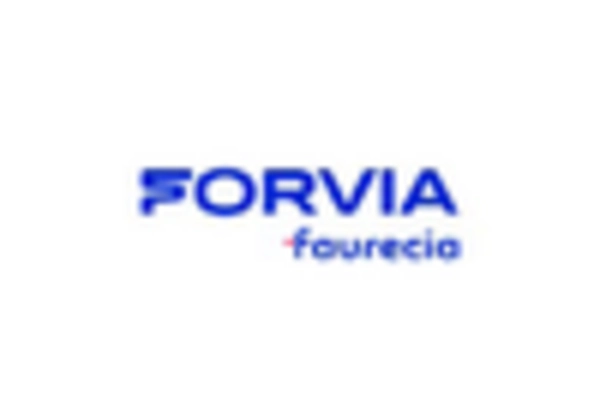
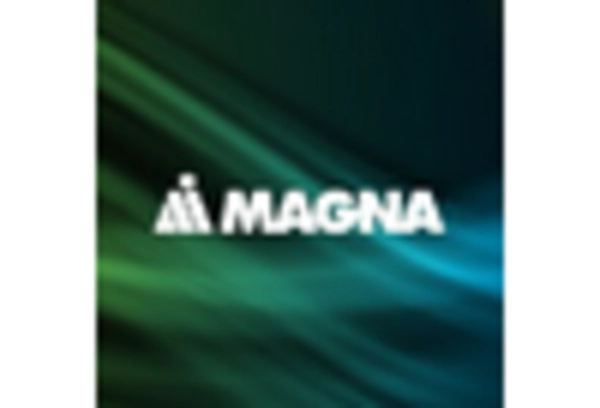
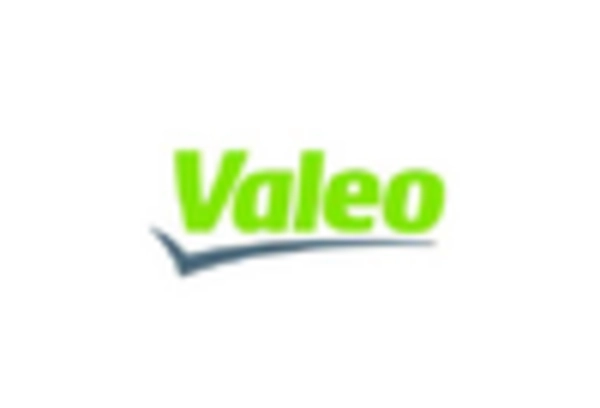









Leave a Comment